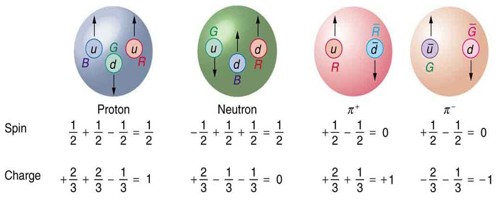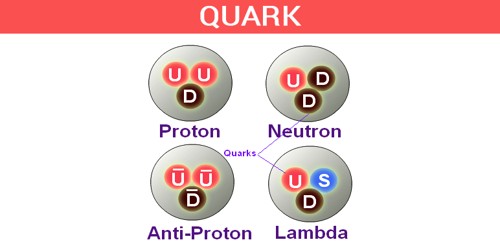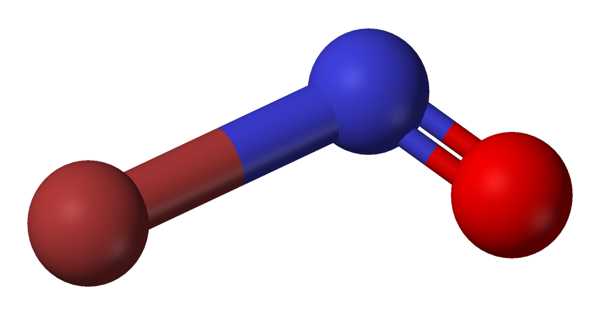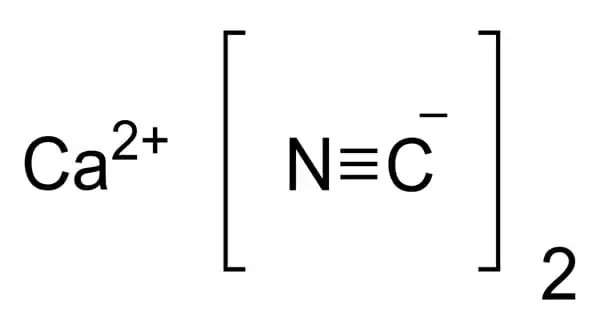A quark is any of a group of subatomic particles believed to be among the fundamental constituents of matter. It is a tiny particle that makes up protons and neutrons. Atoms are made of protons, neutrons, and electrons. It was once thought that all three of those were fundamental particles, which cannot be broken up into anything smaller. After the invention of the particle accelerator, it was discovered that electrons are fundamental particles, but neutrons and protons are not. Neutrons and protons are made up of quarks, which are held together by gluons.
There are six types, or flavors, of quarks that differ from one another in their mass and charge characteristics. The types are called flavors. These six quark flavors can be grouped in three pairs: up and down, charm and strange, and top and bottom. Up, charm and top quarks have a charge of +2⁄3, while down, strange and bottom quarks have a charge of -1⁄3. Each quark has a matching antiquark. Antiquarks have a charge opposite to that of their quarks; meaning that up, charm and top antiquarks have a charge of -2⁄3 and that down, strange and bottom antiquarks have a charge of +1⁄3.

Only up and down quarks are found inside atoms of normal matter. Two up quarks and one down make a proton (2⁄3 + 2⁄3 – 1⁄3 = +1 charge) while two down quarks and one up to make a neutron (2⁄3 – 1⁄3 – 1⁄3 = 0 charge). The other four flavors are not seen naturally on Earth, but they can be made in particle accelerators. Some of them may also exist inside of stars.
A quark is a fundamental particle that participates in the strong nuclear force. When two or more quarks are held together by the strong nuclear force, the particle formed is called a hadron. Quarks that make the quantum number of hadrons are named ‘valence quarks’. They combine in groups of two or three to form composite objects (called mesons and baryons, respectively), held together by the strong force.
Quarks are never observed in isolation, only in pairs or triplets. When quarks are stretched farther and farther, the force that holds them together becomes bigger. When it comes to the point when quarks are separated, they form two sets of quarks, because the energy that is put into trying to separate them is enough to form two new quarks. Protons and neutrons are familiar examples of such composite objects — both are made up of three quarks.
















